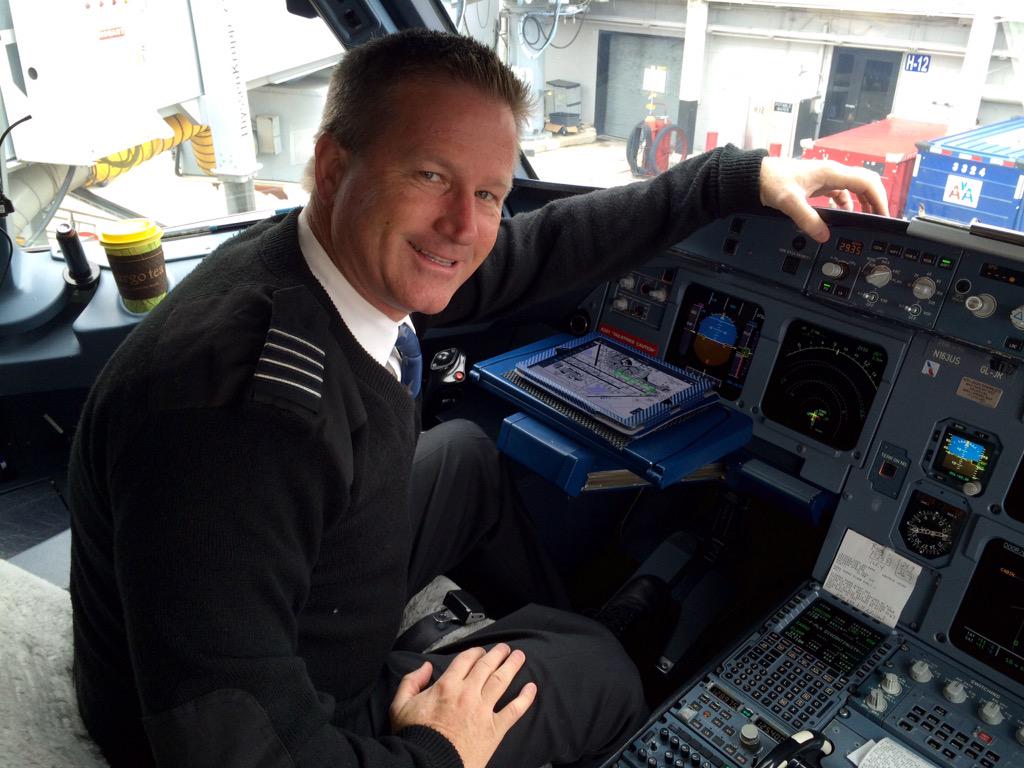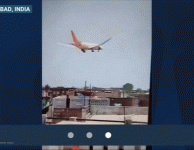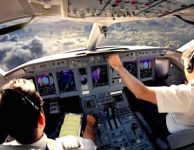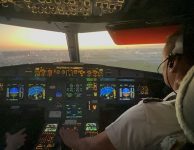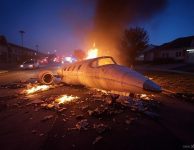Top 5 Modern Improvements in Aviation Safety
Harsh Lessons From Airline Accidents
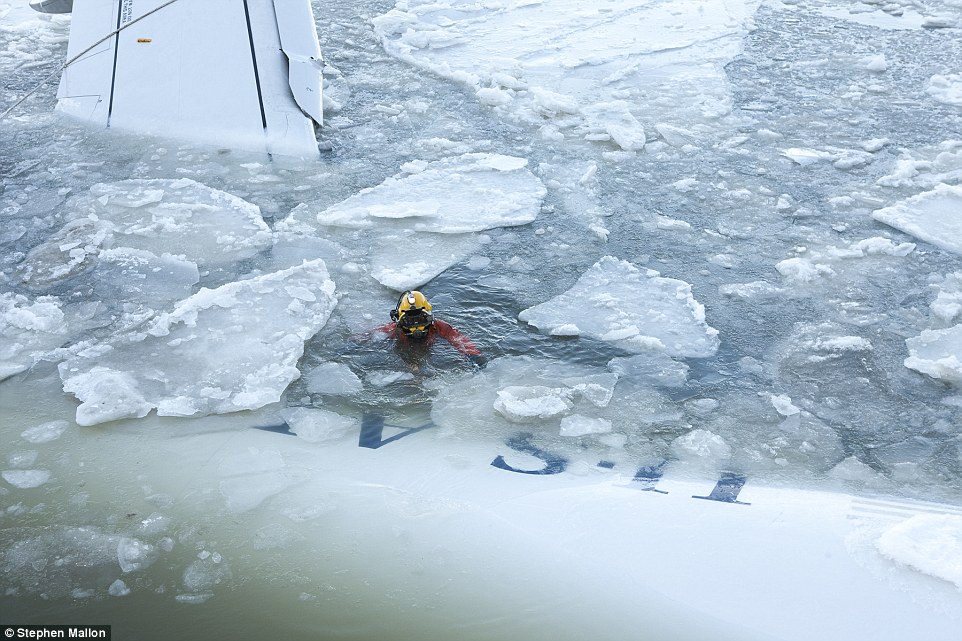
Over the years, there have been many air disasters that became catalysts to drastic changes—improvements—in air safety. For example, the tragic 1956 midair over the Grand Canyon between a TWA Super Constellation and a United Air Lines DC-7 led to the Federal Aviation Act, which created the FAA and led to the Air Route Traffic Control system we know today.
In recent decades, however, improvements and inventions have transformed the cockpit—and thus the airline industry—from an impressibly safe to incredibly safe.
Further increasing the safety margin between aircraft has been…
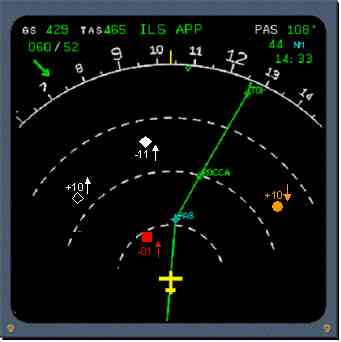
TCAS—Terminal Collision Avoidance System
On-board, a wonderful advancement in technology has been TCAS. Using radar data from “Mode C” airplanes—which reply to ATC radar interrogation signals with data such as identification, speed and altitude—the on-board TCAS system warns of potential threats of other aircraft. If both planes have TCAS on board, in an emergency situation, the two boxes will coordinate with each other to come up with a vertical “solution,” commanding one plane to climb and the other to descend.
Being phased in as we speak is the modern version of both ATC and TCAS called ADS-B, or Automatic Dependent Surveillance-Broadcast.
Satellite based, this new system is revolutionizing world aviation.
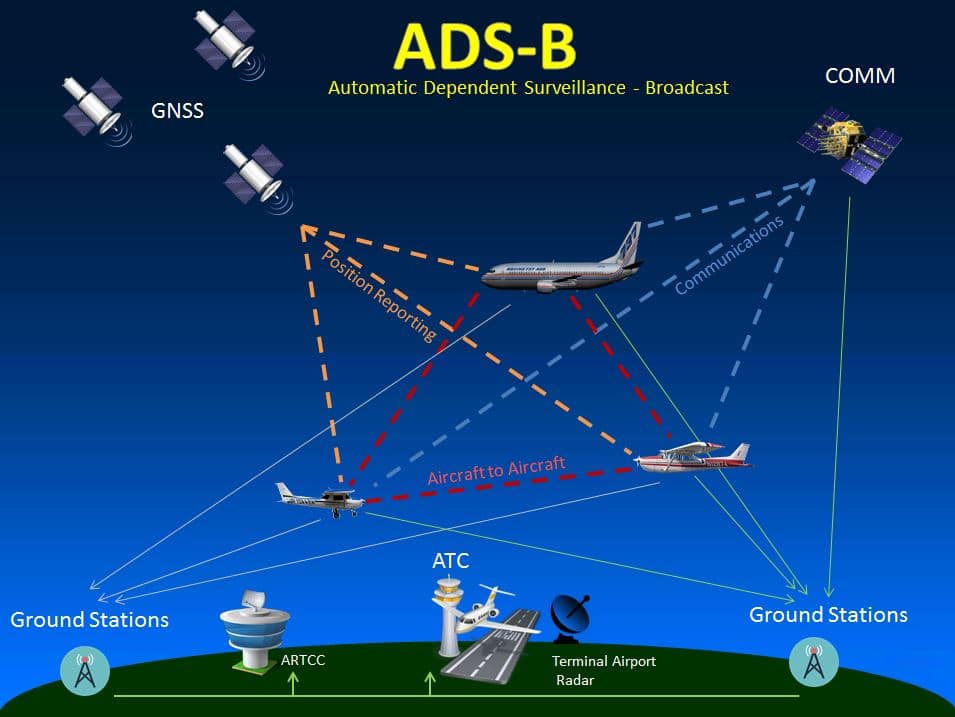
More about this new system in a future post. To find out more now, check out:
EGPWS—Enhanced Ground Proximity Warning System
Another wake up call for the industry came in the form of American Airlines Flight 965 into Cali, which suffered a catastrophic “CFIT”—Controlled Flight Into Terrain. In nighttime, “severe clear” conditions, the experienced crew flew a perfectly good airliner straight into a mountainside, killing all 159 passengers and eight crew members.
The airplane was equipped with the revolutionary new “GPWS,” Ground Proximity Warning System, which looks at radar altimeter data to predict a possible impact with terrain. However, the warning came too late, and the pilots were unable to out-climb the terrain.
Today’s “Enhanced” GPWS gives the modern airliner a worldwide terrain database which greatly improves the safety margin, and even displays the potential hazardous terrain on the pilots’ ND, or Nav Displays.
Along with TCAS, this has greatly aided the pilots’ situational awareness.
LLWAS—Low Level Windshear Alert System
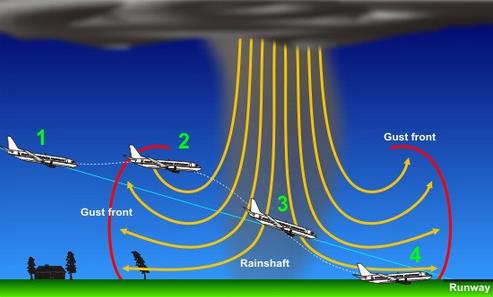
Another recent addition to the cockpit has been predictive windshear detection systems, which uses onboard Doppler weather radar to detect shears in precipitation ahead of the aircraft.
Another tragedy that led to great improvements in safety was the 1975 crash of Eastern Airlines Flight 66. Flight 66 was a victim of “Windshear” caused by a thunderstorm microburst—that is, a rapid change in the direction and speed of the airmass in which it was flying, causing the Boeing 727 to stall shortly before landing, killing 113 of 124 on board.
A plane is simply a body moving through a fluid, much like a boat in a river. In any given configuration, there will be a minimum airspeed at which the plane can fly. The wind, like the river’s current, can change. If the wind changes in speed and/or direction fast enough, the plane may theoretically lose that airspeed for a few critical moments before adjusting. In extreme cases, it may be too much from which an airplane can recover.
In the aftermath of Eastern, NASA developed a new system called LLWS-1 to detect these rapid changes in windspeed and direction, most often associated with microbursts. Over the years, this system has been improved and refined, including the incorporation of Doppler radar. If convective activity (i.e. thunderstorms) are detected in the area, LLWS advisories are given to arriving and departing aircraft.
RSWS—Runway Safety Warning System
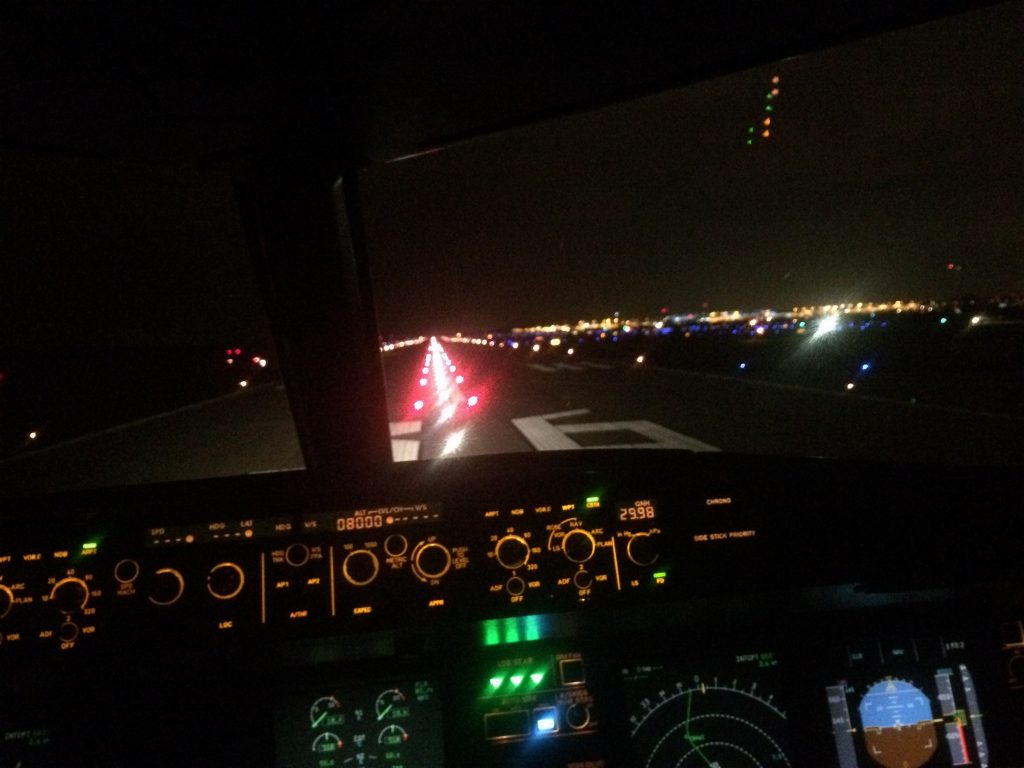
The most deadly accident in aviation history remains 1977’s Tenerife collision between two B-747’s, in which 583 people lost their lives. The accident was the result of a “runway transgression” when, in foggy weather, one B-747 began the takeoff roll while another was still on the runway.
Runway transgressions remain a hazard. To alleviate this threat, one of the most recent and delightful additions to the U.S. aviation safety system has been the Runway Safety Warning System.
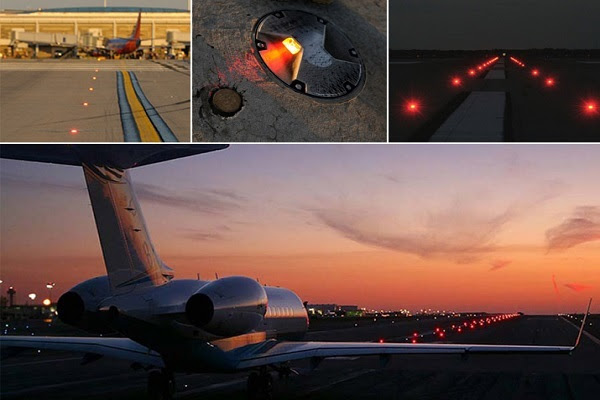
RSWS uses transponder data from all aircraft to detect movement of an arriving or departing aircraft on a runway. When one is detected, red lights illuminate at runway intersections to alert transiting aircraft. Conversely, when an airplane is lined up at the end of the runway, ready to takeoff, and another is cleared to cross downfield, a row of red bars light up in front of the departing aircraft as a warning.
Currently, RSWS has been installed at several airports, and is rapidly expanding in use.
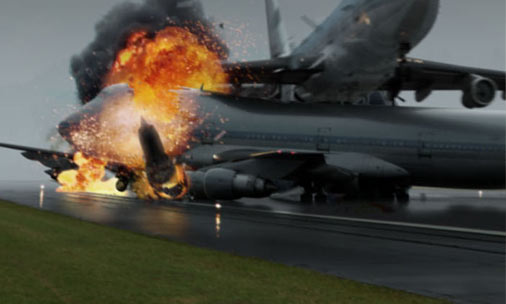
The tragedy of Tenerife has also led to what, in my opinion, is the greatest improvement to aviation safety in the past 30 years.
Its name…
CRM—Crew Resource Management

In some ways, technology has advanced aviation safety to the point where the human pilots themselves have become the airplane’s greatest liability. While humans may be the airplane’s greatest liability, they also remain—head and shoulders above anything else—its greatest safety asset.
In my 35 years of flying, I have repeatedly observed that the 2-pilot flight deck is the safest, most practical concept conceived. Two heads are exponentially better than one. Two pilots—a Captain and First Officer—can trap each other’s errors, discuss fuzzy issues such as deviation around weather or diversion to take on more fuel, and assist each other when the lav juice hits the fan.

In short, CRM can be summed up in this:
The old maritime tradition that “The Captain is God” has given way in recent decades to the concept that, “The Captain is in charge, leading a team of experienced, qualified professionals.”
In other words, the Captain respectfully solicits the input from his valuable crew—especially his First Officer—before making critical decisions. In turn, a good captain creates a trusting environment wherein each crew member feels valued, and safe to speak up about any concerns.
For a fun analogy, look at the “evolution” of the captains in the Star Trek TV series.
Originally, we had Captain Kirk, of the old “Captain is God” school. In Star Trek The Next Generation, however, we met Captain Jean Luc Picard, who not only valued his fellow crew, but actively sought their advice.
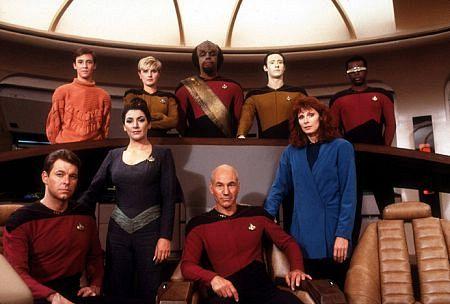
Kirk may be the baddest-ass captain of all time . . . but Captain Picard was a better captain.
Until Next Time…
This is Cap'n Aux
